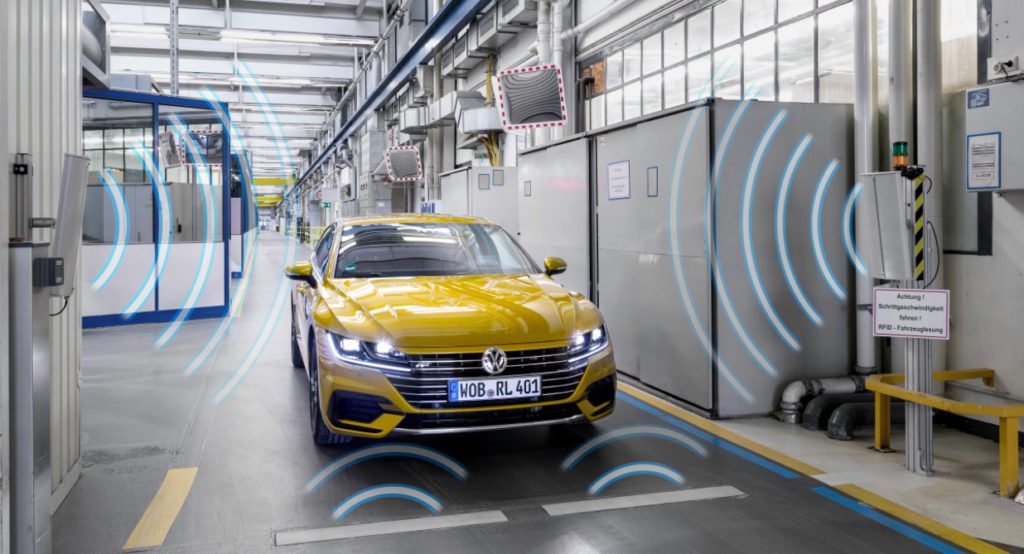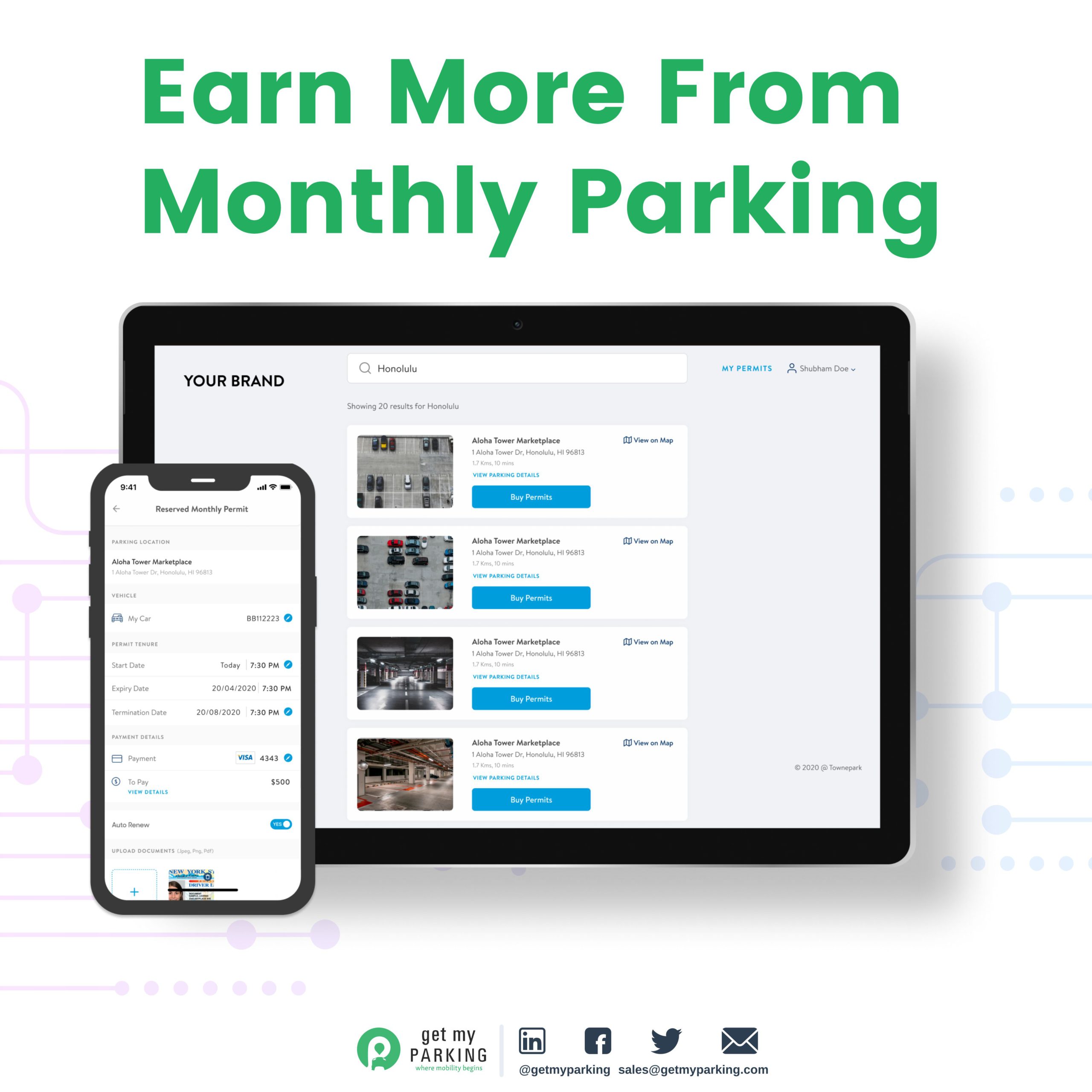Using RFID for Smart Parking2 min read
Parking in cities today is a messy affair. Circling multiple times to find a coveted spot is commonplace. This activity takes up enough mental space, wastes a lot of time and fuel, and increases a city’s CO2 emissions. Our parking systems need a complete overhaul with the help of smart technological applications powered by a mix of IoT, RFID, AI, etc. RFID powered smart parking applications can truly alter the shoddy parking landscape in existence today.

RFID Fundamentals
- Radio Frequency Identification or RFID utilizes radio waves or signals to capture the presence of an object. Two main components make up this technology.
- The Interrogator, also called the RFID reader, is responsible for receiving and transmitting a signal.
- The transponder, also called an RFID tag is attached to an object. This tag contains a tiny microchip and an antenna. RFID tags come in various shapes and sizes.
- The RFID reader and tags communicate with each other wirelessly. RFID readers are capable of reading tags off almost all surfaces. They may require certain modifications when communicating with conductive materials like water or metal, but this is not a big challenge.
How Does RFID Work in Smart Parking?
An RFID powered automotive parking system can be designed to only allow authorized personnel, with a valid RFID card to gain access to a parking lot. How? First, the circuitry inside a card needs to be switched ON. After this, the ID card is identified by a reader sending a unique number to a microcontroller. If the tag number matches with any one of the numbers pre-saved in the microcontroller or database, the parking lot’s gate opens, and the holder is allowed to park in a secured area. If the tag does not render a match, the gate of the parking lot won’t open.
Furthermore, the minute a car is allowed to enter a lot, the entry time and other details of the particular RFID card are stored in the database. When the same card is swiped or deposited to gain exit, the microcontroller displays an in and out time, along with the total fare to be paid on an LCD.
Benefits of RFID Based Parking
- It can be used to eliminate the hassles of manually operating a large car park with thousands of cars.
- It reduces costs and increases efficiency.
- RFID parking can be designed to offer motorists prepaid as well as postpaid cards, depending on their frequency of usage of the lot.
The Bottom Line
RFID parking is very cost-effective. It provides stand-alone, round-the-clock systems for secure parking. This technology equips businesses and communities with hands-free control, ensuring the entry of authorized vehicles only. RFID parking is one of the few real-time smart parking applications that provide a quick return on investment. The scope of RFID is being expanded in finding new applications for smart parking.



